Human research
Mobility encompasses concepts such as posture, balance, walking, physical activity, simulated driving, etc. Regardless of the type considered, mobility – in other words, our ability to move and navigate – involves numerous functions, ranging from the integration of different sensory stimuli (somesthetic, visual, or vestibular) to the activation of the central brain structures necessary for spatial orientation, or the use of peripheral effectors, which are different muscle groups. Mobility influences and is itself influenced by numerous biological rhythms (heart or respiratory rate, sleep/wake cycle, etc.). The aim of the research conducted on humans is to study these forms of mobility and their interaction with other functions in different populations, particularly in the context of ageing and various pathologies: sleep disorders, psychiatric disorders, neurodegenerative disorders, developmental disorders and vestibular disorders, as well as in different conditions: ordinary, restrictive and extreme environments. In addition, we are developing sensors, devices and physical activity programmes to detect or remedy mobility disorders.
This 120 m² facility is located within the Health Training and Research Centre and is certified by the Regional Health Agency. It is dedicated to Quantitative Gait Analysis (QGA) in patients with central neurological disorders (e.g., Parkinson’s disease, psychogenic gait) or peripheral (e.g., acoustic neuroma), with a view to diagnosing posturo-locomotor disorders, predicting recovery after surgery, or predicting falls.
QGA allows the recording of different types of data:
- Spatio-temporal gait parameters (gait function)
- 3D kinematics (movement of different body segments in time and space)
- Kinetics (forces, moments and intersegmental powers involved)
- Electromyography (muscle activation patterns during a gait cycle)
The data is recorded using:
- Motion capture based on infrared cameras and passive reflective markers (Bonita 10: 1 megapixel, 250 Hz, 720C colour VIDEO: 1280 x 720 pixels, 120 Hz; Vicon)
- Two force platforms equipped with strain gauge sensors (BP series, 400 mm x 600 mm; AMTI)
- Surface electrodes (Delsys Trigno™: Flex, Mini, Personal Mobile; Delsys, Inc.)
The h/p/cosmos mercury® med treadmill is ISO certified. It is particularly suitable for clinical applications (e.g., neurology, geriatrics, walking rehabilitation):
- treadmill surface: length = 150 cm, width = 50 cm
- removable side rails
- treadmill speed: 0.1 to 22 km/h (increments of 0.1 km/h)
- treadmill surface incline: 0 to ± 25% (increments of ± 0.1%)
- treadmill control: treadmill speed and surface incline can be controlled jointly to achieve a target heart rate
- compatible with a Vicon optoelectronic motion capture system
The Interdisciplinary Virtual Reality Centre (CIREVE) is a research platform set up at the University of Caen Normandy in 2006 and now serving the entire Normandy University COMUE.
Since 2015, thanks to the support of the Normandy Region, CIREVE has been equipped with the GRAIL (Gait Real-time Analysis Interactive Lab, Motekforce Link) system, a dual-belt instrumented treadmill with two integrated force platforms. Thanks to a 3D motion capture system (Vicon), GRAIL can adapt its speed (treadmill belts) to that of the subject or even its orientation (inclination) to the hilly course presented virtually. In addition, it is coupled with:
- the virtual environment, a CAVE equipped with:
- 7 Christie Mirage HD10K-M 3D video projectors (16 million cumulative pixels)
- 5 giant glass screens (10 m x 3 m for the long sides; 5 m x 3 m for the short side)
- a spatialised sound system (CIREVE)
- an electromyographic system (Delsys Trigno™: Quattro, Snap Lead, Mini; Delsys, Inc.),
- a portable 23-channel NIRS device for functional brain imaging in a moving subject (Brite23, Artinis Medical Systems),
- a safety harness (h/p/cosmos)
The combined use of the GRAIL system functions and the immersive virtual environment makes it possible to study the relative contribution of different sensory inputs and the involvement of cognitive resources in controlling balance, whether static (standing) or dynamic (walking).
CIREVE is also equipped with a WIN-POSTURO stabilometry platform (Medicapteurs France SAS), vibration sensors (Vibrasens, Techno Concept), the HTC Vive virtual reality headset, and multiple immersive 3D solutions (Virtualis), all of which are specially adapted for therapeutic purposes (e.g., balance rehabilitation, perceptual testing).
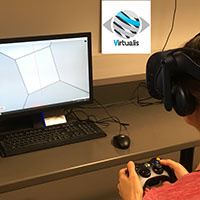
Rod & Frame Test
Presented in the HTC Vive virtual reality headset, it allows for the assessment of dependence or independence with regard to the visual field.
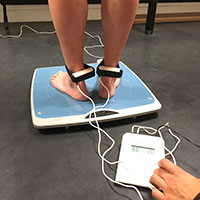
Achilles tendon vibrations
The tendon vibration paradigm on the WIN-POSTURO stabilometry platform allows the contribution of muscle proprioceptive function to the mechanisms involved in postural control to be assessed.
The SYNAPSYS posturographic platform (SPS) is used to assess postural balance, both static and dynamic. The SPS is a Class IIA medical device. It is equipped with three strain gauges. It allows standard protocols to be implemented (e.g. sensory organisation assessment, Romberg assessment, stimulated vestibular assessment, among others), with customisable parameters, particularly for research purposes. At COMETE, the SPS is used to assess the contribution of different somatosensory, visual and vestibular inputs to balance strategies and the involvement of attentional resources in the implementation of these strategies.
The driving simulation platform located on the ground floor of the Pôle de Formation et de Recherche en Santé (PFRS) was partly funded by the Normandy Region. It comprises a simulation room (19 m²) and a control room (8 m²).

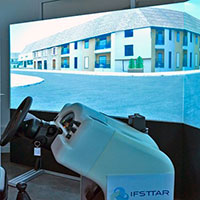
The simulation room has a driver’s cab, three projection screens and three video projectors, and the control room has three computers.
These devices make it possible to analyse driving behaviour using multiple driving parameters (position, speed, steering wheel movements, etc.) with the aid of sensors installed in the cockpit controls.
The road scene is projected onto three screens representing a total field of view of 150° horizontally and 40° vertically.
Simultaneous recording of brain activity (using electroencephalography) and eye movements using cameras is possible.
This equipment makes it possible to assess the consequences of risk factors for impaired driving:
- Medication (hypnotics, analgesics, etc.)
- Sleep disorders (insomnia, sleep deprivation, etc.)
- Ageing
- Neurodegenerative diseases (multiple sclerosis), vestibular disorders, etc.
The driving simulation room also offers driving rehabilitation therapies using specific simulation programmes.
The vigilance and attention study area. This area comprises two soundproofed rooms with two medical beds that can be raised to allow patients to sit up. Curtains can be drawn to completely darken each room. Between the two rooms is an area with desks where equipment can be set up to remotely record signals collected from the subjects.
Equipment used and protocols:
Polysomnography
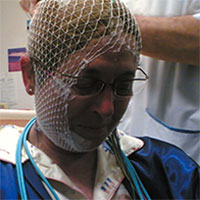
Polysomnography is the test of choice for studying sleepiness and sleep.
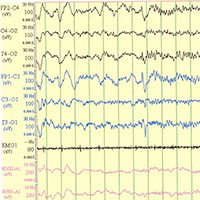
Stage N2 sleep with some slow waves
Actimetry and recording of the sleep-wake cycle
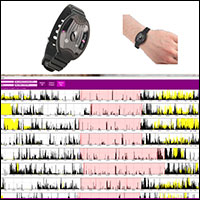
Using ambulatory recordings, this tool measures periods of physical activity as well as periods of inactivity and rest. It is also a means of quantifying and qualifying sleep over several nycthemeral cycles.
Neuromuscular recordings
We perform non-invasive measurements of brain activity using three complementary pieces of equipment suitable for all ages (from newborns to the elderly) and all pathologies, particularly when the subject must be awake or even mobile. This equipment is also used in hospital departments (Neonatal Unit at Caen University Hospital) and in other experimental rooms (notably for gait analysis and the CIREVE immersive virtual reality room).
High-resolution electroencephalography (HR-EEG)
Electrical Geodesics, Phillips
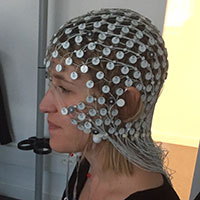
This equipment enables high spatial resolution neural activity acquisition using 128 electrodes. Electrode placement is easy for all ages and all types of pathologies thanks to geodesic electrode nets.
Near-infrared spectroscopy (NIRS)
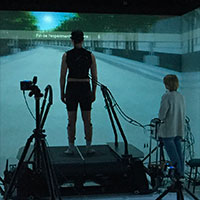
This equipment enables the acquisition of variations in blood oxygenation and blood volume in the cerebral cortex, linked to neurovascular coupling during brain activity. It is compatible with EEG acquisition.
Diffusion Correlation Spectroscopy (DCS)
HemoFloMo, Hemophotonics
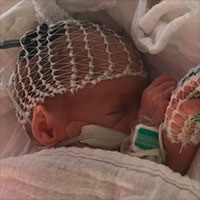
This equipment enables the measurement of blood velocity in the cerebral cortex, another parameter of neurovascular coupling that is more directly correlated with neuronal activity.
Vibrotactile stimulation matrix
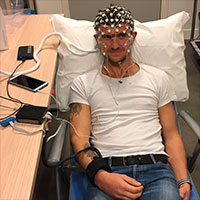
This high-density vibrator matrix is specially designed to deliver tactile stimuli that are precisely controlled in terms of time and space, without irritating the skin. It is particularly suitable for newborns and enables the study of tactile perception.
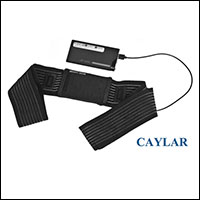
The team uses various methodologies (weightlessness, prolonged bed rest, dry immersion, inclined axis rotation, lower body negative pressure, etc.) to study the relationships between spatial orientation and the cardiorespiratory system, and in particular the link between the vestibular system and the autonomic nervous system.
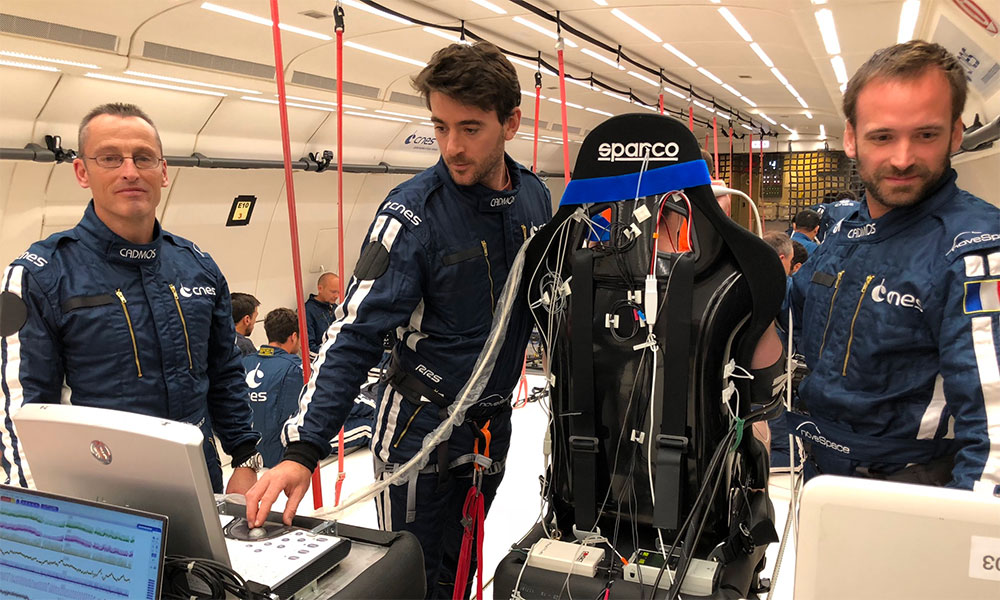
Animal research
We are developing new animal models of neurodegenerative (Alzheimer’s disease) and psychiatric (schizophrenia) disorders based on pharmacological factors (viruses, streptozotocin, PCP, THC, MK-801), environmental factors (early stress), genetic factors (5XFAD, SR-KO, Lou/c/jall rat), or a combination of factors (multiple hits). We are also studying the beneficial effects of environmental stimulation (enriched environment, exposure to music, physical activity) on the brain and memory.
Behavioural testing on rats and mice
Functional motor and cognitive exploration: actimeter, rotarod, treadmill, memory tests (mazes, Morris water maze, place and object recognition), startle reflex (starte/prepulse inhibition), touch screens, Intellicage®, anxiety-like behaviour (black and white box, elevated plus maze, burying test, open field)…
Sensory-motor tests
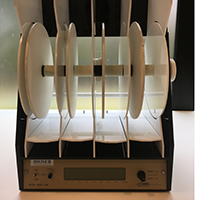
Rotarod 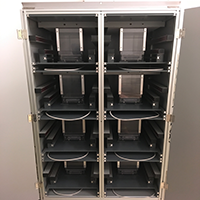
Actimetry 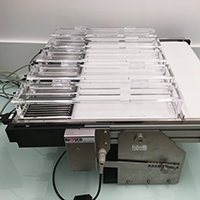
Treadmill 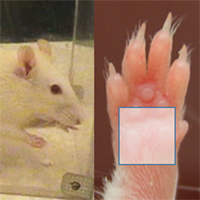
Adhesive removal test 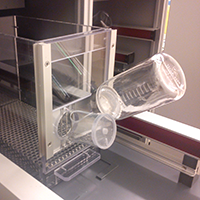
Mouse actimetry 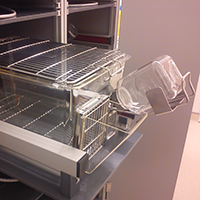
Rat actimetry
Tests cognitifs
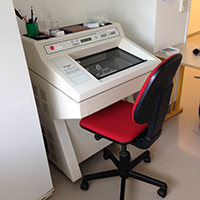
Cryostat 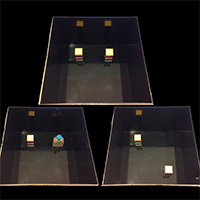
Object/object location recognition 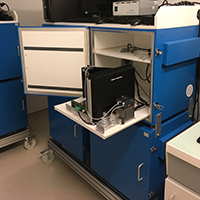
Touchscreens 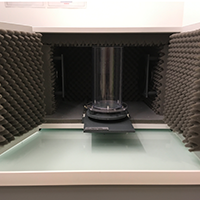
Startle/PrePulse Inhibition 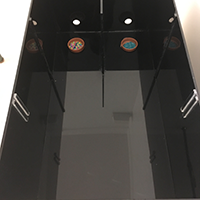
Intra-Dimensional/Extra-Dimensional (ID/ED) 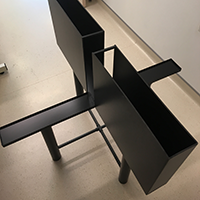
Raised cross 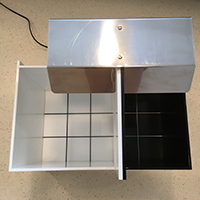
Black and white box 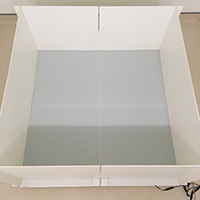
Openfield Plancher infrarouge 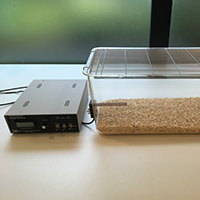
Burial test 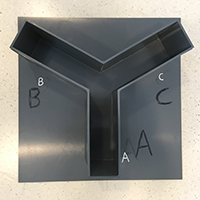
Y-shaped maze 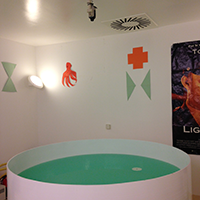
Morris's swimming pool 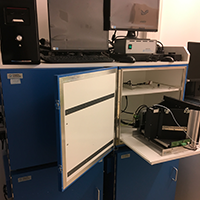
Touchscreens
We are equipped with all the necessary equipment for performing histological sections and immunohistochemical staining (cryostat, vibratome, Zeiss microscope, etc.).
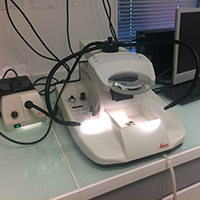
Vibratom 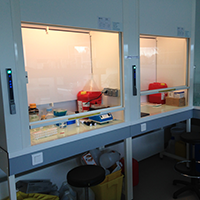
Cooker hoods 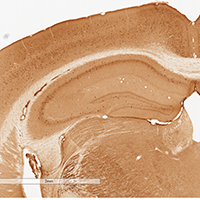
Control hippoc
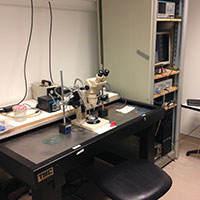
We are equipped with three electrophysiology stations currently configured to perform hippocampal slice recordings (basal transmission, NMDA fields, AMPA fields, LTD, LTP).
We are equipped with the necessary equipment to carry out molecular biology experiments (PCR, western blot), as well as cell culture.
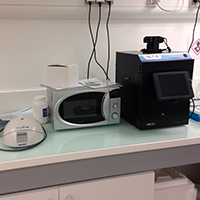
PCR 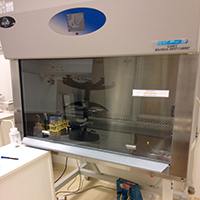
PSM 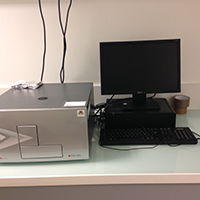
Number plate reader 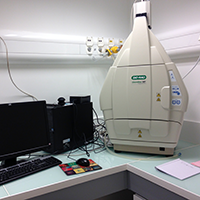
Biorad

